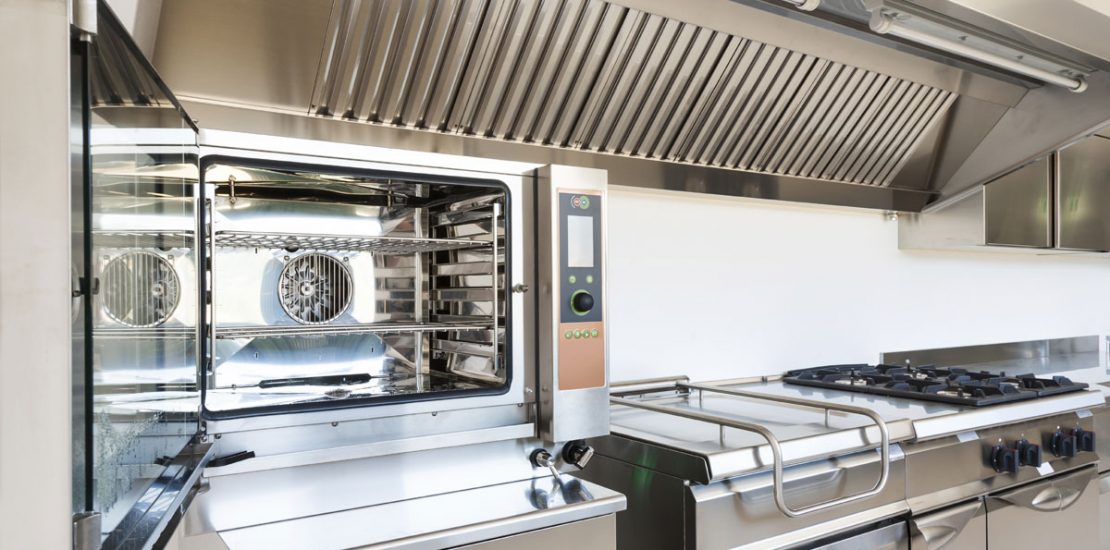- July 31, 2018

For every health inspection, confidence comes from formulating a plan and routinely reviewing the cleanliness of your establishment. Prepare for your commercial kitchen’s assessment with these helpful suggestions and resources.
Government Documents
Utilize and print health review forms. The FDA’s website has a wide variety of online resources to assist you with understand a typical examination. Make sure to learn the health code requirements in your area as well.
Employee Training
Employees must learn the importance of cleanliness in your kitchen and adhere to the requirements of the FDA. Establishing ongoing employee training will greatly increase your chances of passing your health inspection and allow your staff to become more knowledgeable about the operations of your kitchen.
National Restaurant Association’s ServSafe also has industry-related tips and guides for training your employees on health code regulations.
Staff Hygiene
Hand washing is the easiest way to avoid foodborne illnesses and should be a top priority for your staff. Proper protocol involves 20 seconds of scrubbing hands with soap in warm water and completely drying afterwards.
Proper Food Temperatures
To avoid bacterial growth, raw and cooked ingredients must be stored at the correct temperature. The commonly known danger zone for bacteria is between 41 degrees and 140 degrees Fahrenheit. All cold foods should be stored below 41 degrees Fahrenheit while hot dishes must be kept above 140 degrees Fahrenheit.
Kitchen Sanitation
Establish a schedule to routinely clean and sanitize large equipment and storage areas. Maintain a sanitizing log to guarantee your kitchen stays as clean as possible.
Chemical sanitizers or heat can be used to kill bacteria present on a surface. Objects and surfaces must first be thoroughly cleaned to ensure effective sterilization. Allow for air-drying when disinfecting pots, pans, dinnerware and utensils with a chemical solution.

